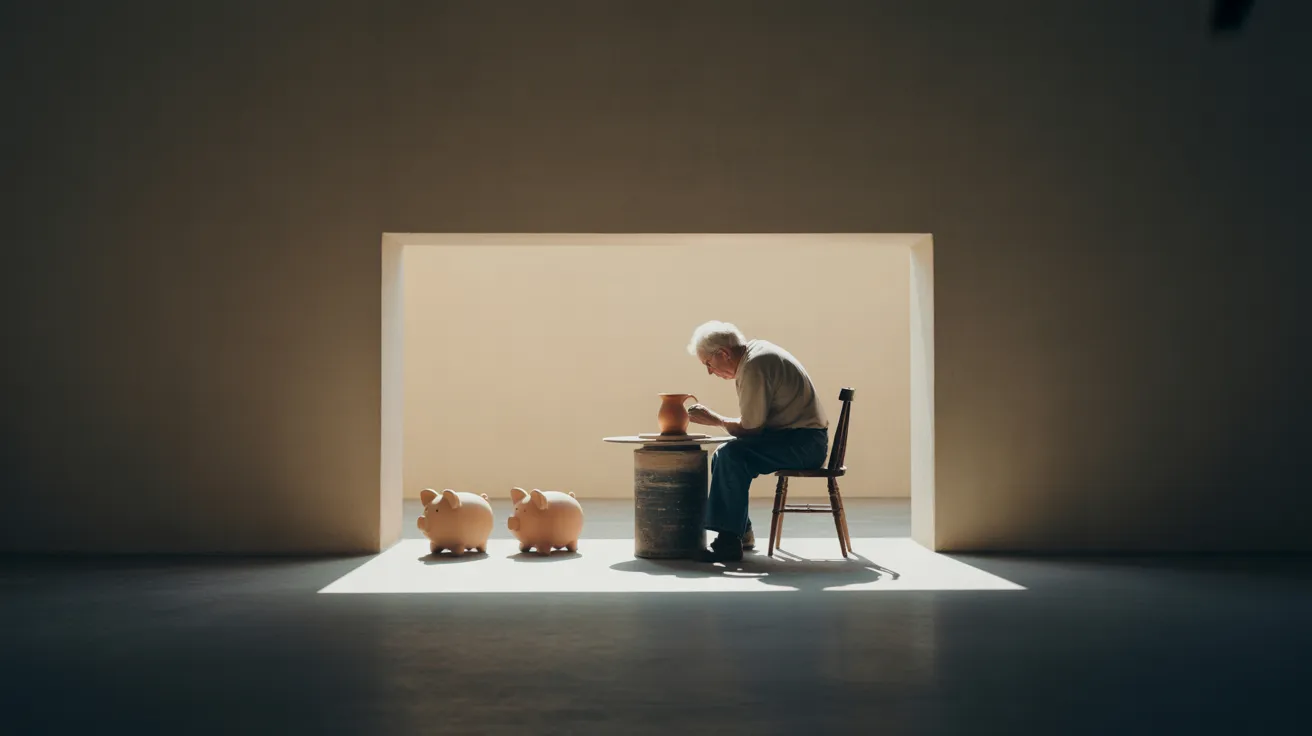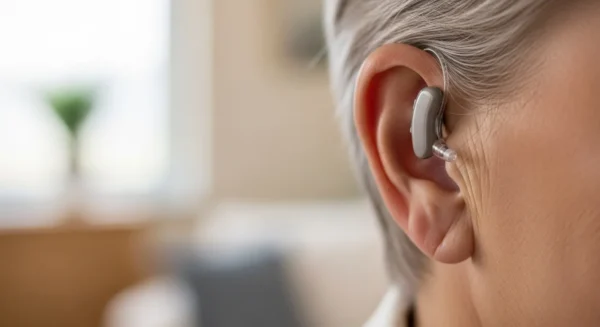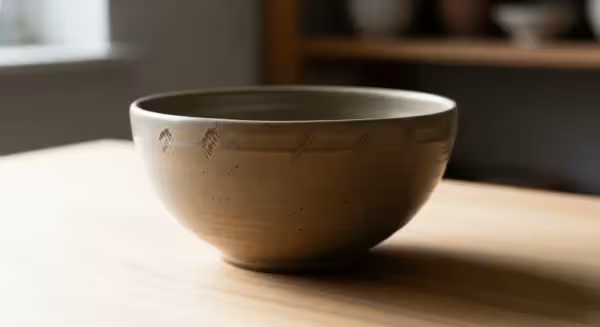
Frequently Asked Questions
Even with a good understanding of the basics, specific situations can raise questions. Here are answers to some of the most common questions seniors have about RMD rules.
1. I’m still working past my RMD age. Do I still have to take an RMD from my current employer’s 401(k)?
There is a helpful exception here. If you are still working for the company that sponsors your 401(k) and you do not own more than 5% of the company, you can typically delay taking RMDs from that specific 401(k) plan until you retire. However, this “still working” exception does not apply to traditional IRAs or 401(k)s from previous employers. You must still take RMDs from those accounts on schedule.
2. Do I have to take RMDs from my Roth IRA?
No. As the original owner of a Roth IRA, you are never required to take RMDs. The money can stay in the account and continue to grow tax-free for as long as you live. This is a significant advantage for estate planning, as it allows you to pass on a larger tax-free inheritance. Beneficiaries who inherit a Roth IRA, however, will usually be required to take distributions.
3. What happens if I inherit an IRA? Do I have to take RMDs?
Yes, the rules for inherited IRAs are very complex and depend on your relationship to the deceased and when they passed away. For most non-spouse beneficiaries who inherited an IRA after 2019, the entire account balance must be withdrawn by the end of the 10th year following the original owner’s death. There are no annual RMDs during this 10-year period, but the full amount must be out by the deadline. Spouses have more flexible options, including the ability to roll the inherited IRA into their own. Because these rules are so nuanced, it is highly recommended to consult a financial professional.
4. Can I just reinvest my RMD back into my IRA?
No, you cannot. An RMD is a permanent distribution. Once you withdraw the money from your tax-deferred retirement account, it cannot be rolled back into that IRA or another retirement account. You can, of course, invest the money in a regular, taxable brokerage account after you’ve paid the necessary taxes on the distribution, but it cannot go back into a tax-advantaged retirement plan.
5. What if I don’t need the money from my RMD?
This is a common situation for retirees with other sources of income. Even if you don’t need the funds for living expenses, you still must take the distribution. The key is to have a plan for that money. As mentioned, you could use a QCD to donate it, use it to pay your estimated taxes for the year, reinvest it in a taxable account, give it as a gift to family members (within annual gift tax exclusion limits), or use it for a special purchase like a vacation or home improvement project.
Disclaimer: This article is for informational purposes and is not a substitute for professional financial or tax advice. Consult with a certified financial planner or tax professional for guidance on your specific situation.















